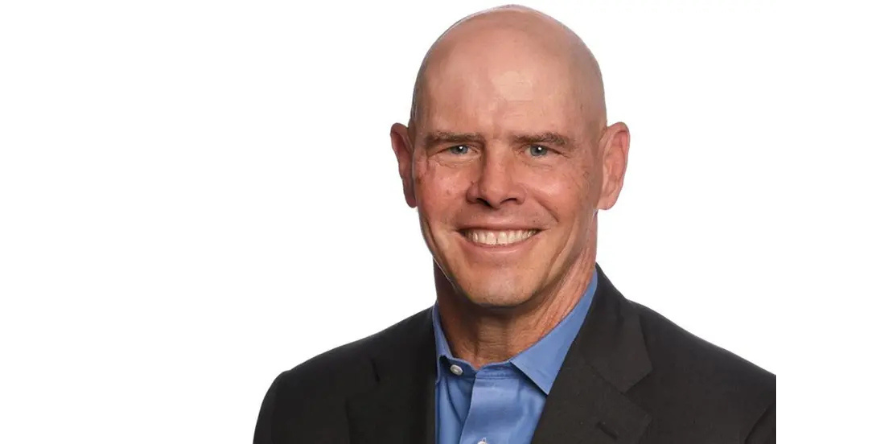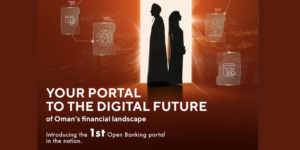The term patient originated from the Latin word patiens which means suffering. These end users of the healthcare industry referred to as patients, indicate passive recipients and imply that they are to be taken care of. However, this conventional terminology is changing with the emerging consumerism of healthcare, and it urges them to be termed as customers or consumers.
Today, these healthcare consumers are more aware and engaged. The evolving consumer behavior, preferences, and expectations are pushing the healthcare system to deliver better quality healthcare at an affordable cost. The healthcare industry is taking cues from other service industries such as retail and banking for improving patient experience and convenience.
Improving Consumer Experience and Engagement
Healthcare providers should embrace the patient-centric care models, focusing on improving care quality and experience. In a hospital setting, patient experience can be enhanced by effectively improving the efficiency of administrative and operation functions and working on improving patient engagement strategy. Many studies have found an association between high Hospital Consumer Assessment of Healthcare Providers and Systems (HCAHPS) scores and high profitability for hospitals.
Minimizing wait times, and paperwork through digitally enabled administrative processes, easy and quick online appointment scheduling, and bill payments can improve patient/consumer experience. Integration of digital technologies such as mobile health apps and online patient portals that create better patient experiences have become a necessity in the growing consumerization in the healthcare space.
Healthcare analytics also improves operation efficiency through fast clinical decision making such as radiology image analysis or medication stock management. Several hospitals in the United States are using Viz.ai’s artificial intelligence (AI)-based stroke triage system that has been cleared by the US Food and Drug Administration (FDA) for fast and advanced image analysis ensuring quick diagnosis and triaging of stroke patients.
Predictive analytics also plays a vital role in forecasting resource requirements, staff schedules, and wait times. In a 2023 published study in NEJM Catalyst, the care coordination team at Corewell Health used AI and predictive analytics to predict the readmission risk and subsequently saved $5 million. AI and Big Data also provide personalization of care.
Besides care quality improvement, communication between the patient and the care provider is also one of the vital points for better patient satisfaction and engagement. Digitally enabled patient engagement platforms providing cloud mobile-based accessibility, bidirectional communication with patients and doctors, and personalized recommendations are some of the recent advancements.
Not just hospitals, but also consumer health and pharmaceutical companies are focusing on improving customer experience. Pharmaceutical as well as consumer health companies are integrating flexible digital healthcare tools and digital engagement platforms for improving patient convenience and engagement. Bayer’s ‘Bare Your Pain’ mobile application and ‘Ask Tanu’ chatbot empower women with information about endometriosis, and help them monitor and manage their disease and symptoms. Pain reliever and sleep aid Tylenol by Johnson and Johnson has a ‘Sleep Tracker’ mobile application that allows users to track their sleep hours and monitor their sleep history.
Regular investment in digital technologies can help the integration of digital patient engagement platforms. Pharma and consumer health companies are also partnering with digital tech providers to provide not just treatment, but complete holistic care. For example, Bayer has a long-term strategic partnership with Ada Health to use its AI-based symptom assessment platform for its consumer health over-the-counter (OTC) products. As another example, Sanofi has partnered with Babylon to get access to its online symptom checker for its digestive health products Buscopan and Dulcolax. These programs address the growing demand for consumerization, improve consumer engagement, and strengthen brand equity.
Improving Care Accessibility and Democratization
Access to care and healthcare data is one of the ways to improve patient convenience and engagement. This can be achieved by creating an omnichannel communication – called the Digital Front Door – for patients and care providers. it uses technologies such as online portals, chatbots, or video conferencing to support patients through their care journey, starting from scheduling an appointment, virtual care, telemedicine, and follow-up care. The digital front door provides round-the-clock care and a consolidated view of medical history and insurance status. Providers can personalize patient communication and care options as per the needs of the individual.
In many ways, consumerization has created a monumental shift in the mindset of people, and this has led to the growth of consumer healthcare devices such as wearables trackers, self-testing devices, and health and wellness monitoring mobile apps. The wearable healthcare industry is growing at an incremental rate and several start-ups have produced their versions of devices for managing a range of healthcare conditions. A 2022 global study by Cisco App Dynamics shows that 37% of consumers currently use at least one wearable health technology device, and around 85% of consumers believe in the potential of wearables to identify the early warning signs of diseases, manage chronic conditions, and overall improve health and wellbeing.
This exponential growth of wearables is primarily due to the rise of vigilant healthcare consumers who track their health regularly. This has also led to the growth of the point-of-care diagnostic devices industry. These devices provide real-time diagnosis of a range of conditions such as infectious disease, neurological disease screening, and so on. Advances in lab-on-chip, sensors, and microfluidics have helped in converting large lab-based tests to small portable devices, which are accessible to remote, rural areas. Smartphone-based diagnostics bring diagnosis directly to patients. Regulatory bodies such as the US FDA are also recognizing these as valid diagnostic tools with the recent FDA-cleared smartphone urinalysis by Healthy i.o – Minuteful Kidney test, or the online vision test technology by Visibly.
Mobile platforms have revolutionized healthcare consumerism by providing not just screening but also virtual care through their platforms. Companies such as HealthTap, Ada, and Symptomate provide health diagnostics for patients at home. Mobile applications are capable of monitoring health and wellness, for chronic disease management as well as providing virtual care such as behavioral therapy. Headspace, Talkspace, and Happify are some of the many successful mental health mobile applications.
The COVID pandemic was instrumental in driving these de-centralized healthcare services. Post-COVID pandemic, home care remains relevant as it is convenient and accessible for patients. From a simple home test order to managing hospital-level care at home through at-home electrocardiograms, home infusion devices, or mobile imaging devices, all these innovations are directed towards making care delivery comfortable, and accessible to the patients. The entire innovation ecosystem in the medical device and imaging space is directed toward making devices/care consumer friendly, and patient-centric.
Affordability and Cost Transparency
With the rising healthcare costs, healthcare consumers have become cost-conscious and demand value-based care and transparency in price. Providing upfront transparent cost estimates improves consumer trust, and patient retention, and decreases bad debts. Patients prefer that pricing information is provided upfront for them to make a correct decision amidst a critical health situation. This also improves patient satisfaction. For instance, Trilliant Health with its health plan price transparency analytics product and Amazon Clinic’s commitment to transparent pricing is paving the way for payers and providers towards consumerism. Customized treatment plans by integrating patient data also improve satisfaction levels.
Beyond the affordable healthcare plans, healthcare technology companies are also understanding the industry’s need for cost-effective products which has fueled innovations such as portable/mobile ultrasound or electrocardiograms which cost several times less than hospital-based devices. Digital interventions such as online behavioral therapy have also proven to be cost-effective and will help in closing the gap in health equity.
Strategic Insights
Digital disruption in healthcare organizations will be key to the path of consumer-driven healthcare. The inclusion of engaging and interactive digital platforms through collaborations with tech providers or internal R&D investments can improve consumer engagement and satisfaction. Care providers should focus on the holistic well-being of the patient and offer services such as digital front door service. Healthcare providers and payers should be focused on empowering patients through the care journey and providing information about diagnosis and treatment plans through multi-channel communication. There should be an emphasis on patient education, communication, and feedback. In this highly dynamic and competitive healthcare industry, improving consumer experience, convenience, and personalization can be key game-changing differentiators. But, beyond all the technology integration, a patient-first or consumer-first empathetic mindset in care delivery goes a long way.
Authored by: Debarati Sengupta, Senior Industry Analyst and Team Lead (Medical Device and Imaging), TechVision, Frost & Sullivan
Blog Received on Mail from Frost & Sullivan




















